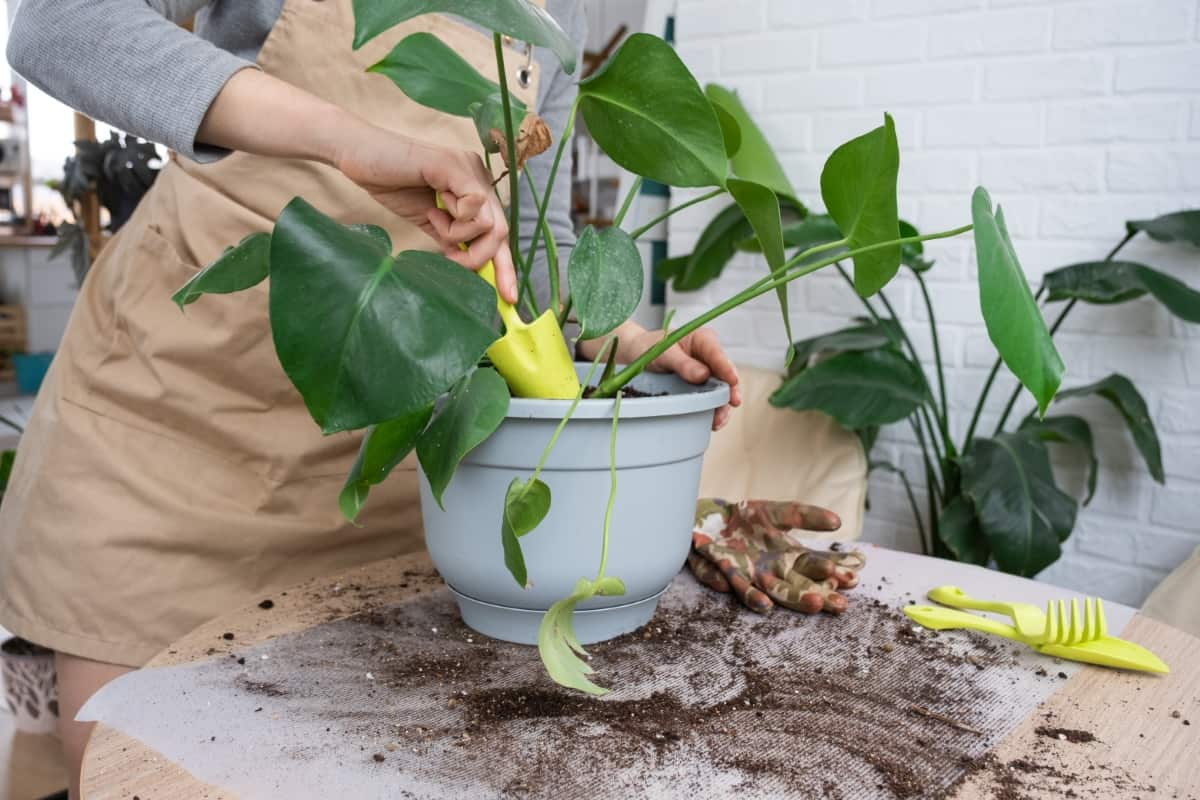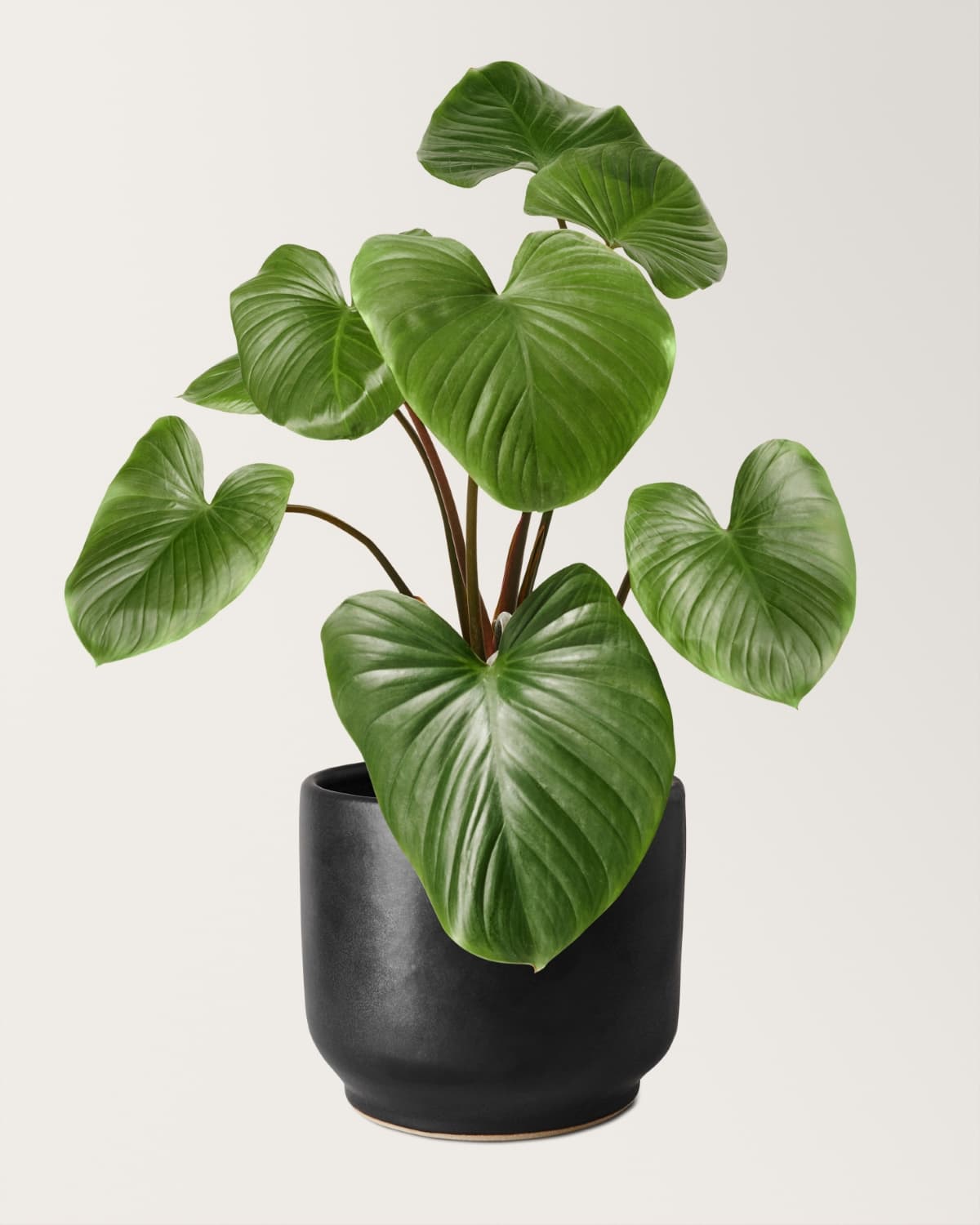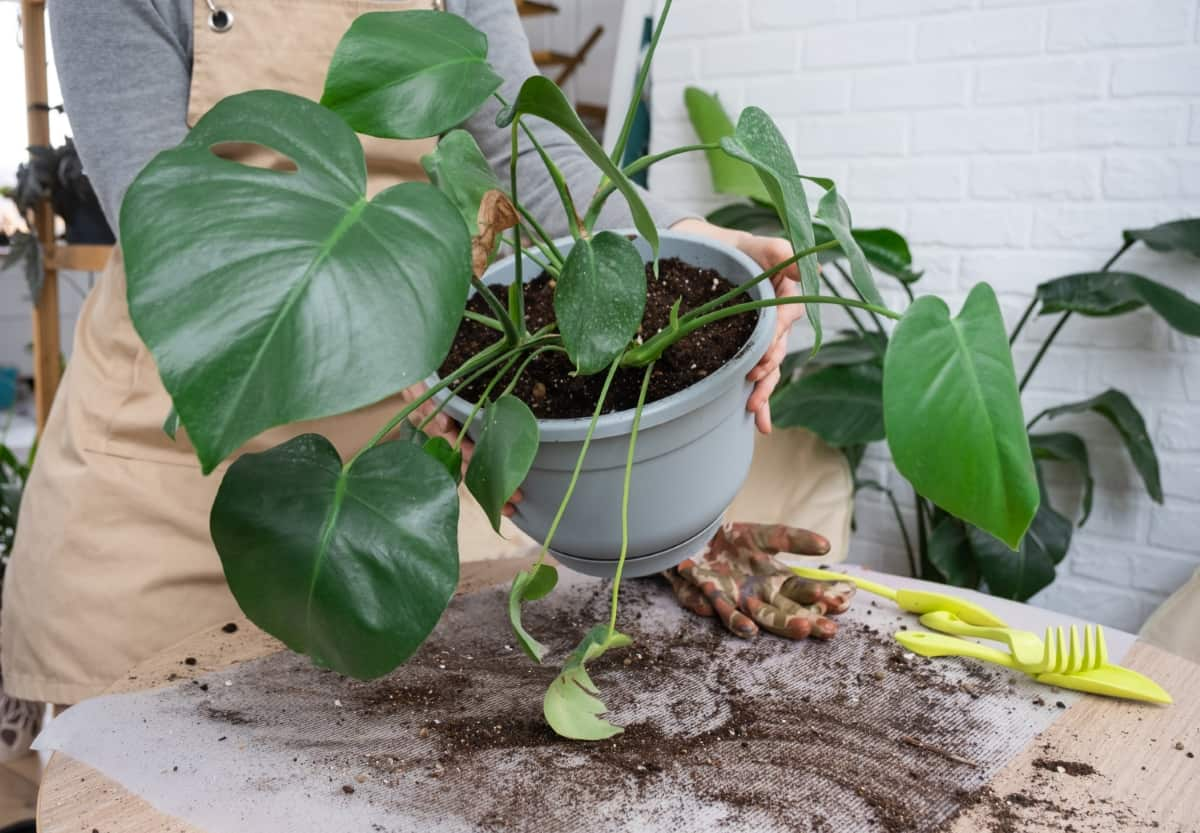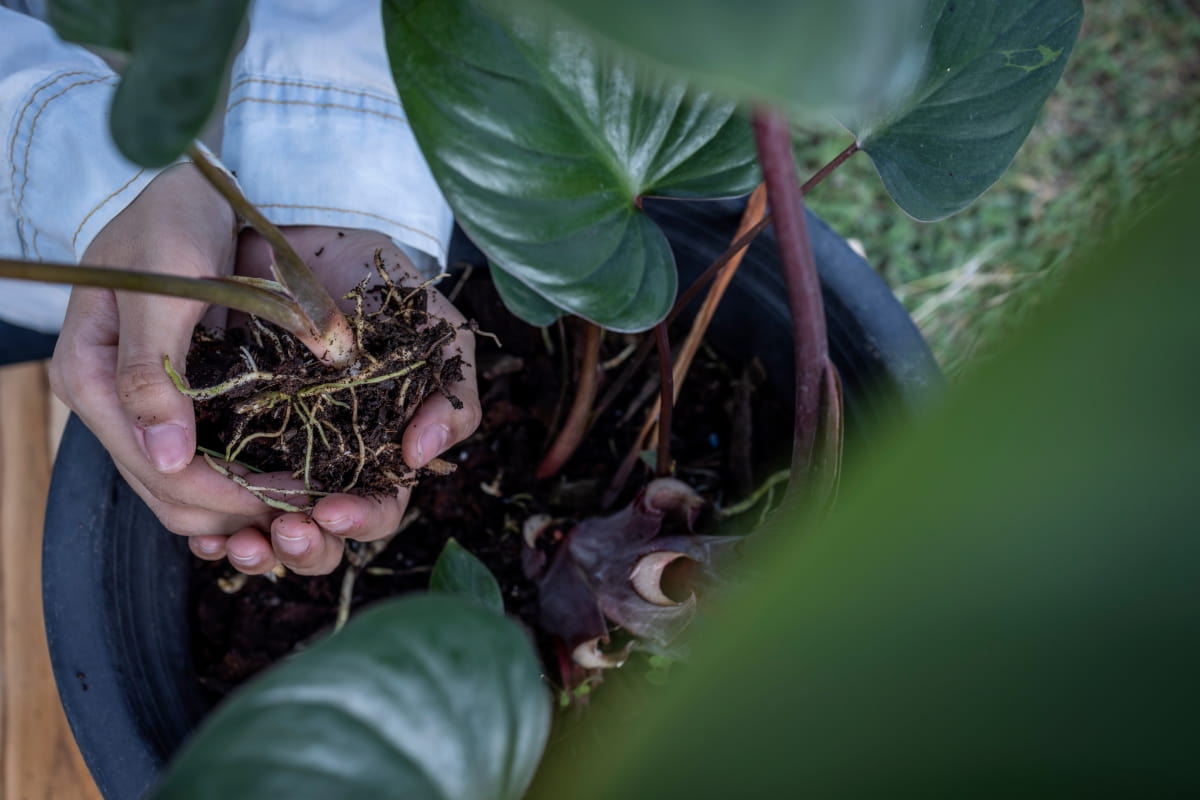Philodendrons are beautiful and popular houseplants that can bring lush greenery to any indoor space. If you’re looking to expand your Philodendron collection or share these lovely plants with friends, understanding the basics of Philodendron propagation is essential. With Philodendrons, there are several methods you can choose from, depending on your preferences and the resources available. By understanding Philodendron Propagation in Different Mediums, you’ll have the knowledge needed to grow new plants from existing ones successfully.

How to Propagate Philodendron
Choosing the Right Propagation Method for Philodendron
When it comes to propagating your beloved Philodendron plants, choosing the right method is crucial for success. There are several propagation methods you can explore, each with its benefits and considerations. One popular method is Stem Cuttings Propagation of Philodendrons. This involves taking a healthy stem cutting and placing it in water or soil until roots develop. Stem cuttings are relatively easy to work with, making them a great option for beginners.
Air layering is another effective method that works well for Philodendron plants with thick stems or aerial roots. By creating an incision on the stem and wrapping it in moist sphagnum moss or soil, new roots will form at that point. Division Propagation of Philodendron Plants involves separating mature Philodendron plants into smaller sections that have their root systems intact. This allows you to multiply your collection quickly while maintaining strong individual plants.
Step-By-Step Guide to Propagating Philodendron Through Stem Cuttings
Water Propagation Techniques for Philodendron
Philodendron Propagation in Water is an effective method for propagating Philodendron plants. It’s a simple technique that can yield impressive results with just a bit of patience and care. To start, select a healthy stem cutting from your Philodendron plant. Make sure it has at least two nodes. Remove any lower leaves near the bottom node to create a clean cut. Next, place the cutting in a glass or jar filled with water. Make sure the bottom node is submerged while leaving the upper portion of the cutting exposed to air.
This allows for easy access to oxygen while encouraging root growth. Find a bright but indirect light location for your water-propagated Philodendron cutting. Change out the water every few days or whenever it starts to look murky. Be patient as you wait for roots to develop. It may take several weeks or even months before you see signs of new growth below the surface of the water. Once roots have formed and reached about two inches in length, you can transfer your Philodendron cutting into the soil if desired or continue growing it in water indefinitely.
Soil Propagation: A Comprehensive Approach for Philodendron
Philodendron Propagation in Soil is a tried-and-true method that can yield great results. This approach involves taking stem cuttings from a mature plant and placing them directly into a well-draining potting mix. To start, gather your materials – a clean pair of pruning shears, a small pot filled with moist potting mix, and rooting hormone powder (optional). Choose a healthy stem that has several nodes present.
Use sharp shears or some other tool cut one of the leaf nodes. Remove any lower leaves or branches from the cutting to minimize moisture loss and encourage root growth. Next, create a small hole in the prepared potting mix using your finger or pencil. Gently insert the cutting into the hole. Press down gently to secure it in place.
In case you missed it: How to Propagate Calathea Plant: Ways to Grow from Water, Soil, Division, and Cuttings

After planting, provide good hydration by watering it so the soil gets settled. Place your potted cutting in an area with bright indirect light. Keep an eye on moisture levels by checking regularly; water when needed, but be careful not to overwater as this can cause rotting. Within a few weeks or months, you should start seeing new growth emerging from the top of your Philodendron cutting.
Air Layering: An Effective Method for Propagating Philodendron
Air layering is an effective way for propagating Philodendron plants. To begin, select a healthy stem on your Philodendron that is about 1/4 to 1/2 inch in diameter. Make a small upward cut into the stem about halfway through its thickness. Dust some rooting hormone onto the exposed area to encourage root growth. Next, take a handful of moist sphagnum moss and wrap it around the wounded section of the stem. Secure it in place with plastic wrap, making sure to seal off both ends tightly.
Over time, check on your air-layered Philodendron regularly and keep the moss moist by spraying it with water as needed. You should start seeing roots forming within six weeks to three months. Once sufficient roots have developed, carefully remove the air-layered section from the parent plant by cutting just below where new roots have formed. Pot up your newly propagated Philodendron in well-draining soil and provide indirect light.
Division Propagation: How to Divide and Multiply Philodendron Plants
One of the most effective methods for propagating Philodendron plants is through division. This technique involves separating a mature plant into multiple smaller ones, each with its root system. Not only does division allow you to multiply your Philodendron collection, but it also helps rejuvenate older plants by promoting new growth.
To begin the division process, carefully remove the Philodendron from its pot and gently shake off any excess soil. Look for natural separations or clusters of stems that can be easily divided. Using clean gardening shears, cut through these sections, ensuring that each new plant has at least one healthy stem and root system.
Before repotting the newly divided plants, prepare fresh containers with a well-draining potting mix. Make sure to choose pots that are slightly larger than the size of each plant’s root ball. Gently place each section in its container and fill in any gaps with additional soil. After repotting, water thoroughly to help settle the soil around the roots and promote establishment. Place your newly divided Philodendrons in a warm location– this will encourage healthy growth.
Tips for Successful Propagation of Rare or Uncommon Philodendron
Research and Understand: When propagating rare or uncommon Philodendron varieties, it’s crucial to gather as much information as possible about their specific needs and requirements. Take the time to research the best propagation methods, Optimal Conditions for Philodendron Propagation, and any unique traits of these plants.
Patience is Key: Rare Philodendrons may take longer to propagate compared to more common varieties. Don’t rush the process; be patient and give them the necessary time they need to establish roots and grow into healthy plants.
Provide Ideal Conditions: Ensure that your rare Philodendrons are kept in a warm, humid environment with indirect sunlight. Creating a mini greenhouse using plastic bags or misting regularly can help maintain high humidity levels during propagation.
Use High-Quality Tools and Materials: Investing in good-quality tools such as sharp pruning shears will ensure clean cuts when taking stem cuttings or dividing plants. Additionally, using sterile soil mixtures specifically formulated for houseplants can minimize the risk of pests or diseases affecting your precious Philodendrons.
Consider Using Rooting Hormones: Some rare Philodendron varieties might benefit from the application of rooting hormones before planting cuttings in soil or water propagation mediums. These hormones can encourage faster root development and increase success rates.
Water Properly: Avoid overwatering before and after Propagation, especially with sensitive rare species that may be prone to rotting if left sitting in excess moisture for too long. It’s essential to find a balance between providing enough hydration without drowning the plant.
In case you missed it: How to Propagate Rubber Plant: Ways to Grow Ficus Elastica from Water, Soil, and Cuttings

Troubleshooting Common Issues in Philodendron Propagation
Propagation is an exciting process, but sometimes issues can arise along the way. One issue you might encounter is root rot. This can happen if the cutting is overwatered or if it’s sitting in water for too long. To prevent root rot use a well-draining soil and water only when the top inch of soil feels dry. Another problem that may arise is leaf yellowing or browning. This could be a sign of improper lighting or nutrient deficiency. Place your cuttings in a spot with bright indirect light and consider using a balanced fertilizer to provide essential nutrients.
Wilting leaves can also be a concern during propagation. This could indicate inadequate humidity levels or excessive heat exposure. Mist the leaves regularly or place a clear plastic bag over the cutting. If your cuttings fail to root even after several weeks, it could be due to low temperatures or a lack of rooting hormone. Make sure your cuttings are kept at a warm temperature, between 18-24°C, and try applying rooting hormone to encourage root development.
Advanced Techniques for Accelerating Philodendron Growth from Cuttings
If you’re a Philodendron enthusiast looking to take your propagation skills to the next level, some advanced techniques can help accelerate the growth of your cuttings. These methods require a bit more knowledge and effort but can yield impressive results. One advanced technique is using rooting hormones. These hormones contain synthetic auxins that stimulate root development in plant cuttings.
In case you missed it: How to Grow Fuchsias in Pots: Propagation, Planting, and Care

By applying a small amount of rooting hormone to the base of your Philodendron cutting before planting it in soil or water, you can encourage faster and stronger root growth. Additionally, misting or fogging systems can be used to increase humidity around your Philodendron cuttings. Higher humidity levels promote faster growth by reducing moisture loss through evaporation and encouraging root formation.
Conclusion
Propagating Philodendron allows you not only to increase your plant collection but also to share the joy of growing these stunning foliage plants with others. Experimentation is key in finding what works best for your circumstances while keeping in mind that every plant is unique in its response to different propagation methods.
- How to Grow Tomatoes Organically at Home: A Comprehensive Guide
- Organic Gardening on a Budget: Low-Cost Methods and Materials
- Gongura Seed Germination and Planting Methods
- Cabbage Seed Germination and Selection
- Broccoli Seed Germination and Selection
- Asparagus Seed Germination and Variety Selection
- Seasonal Flower Gardening: Best Practices for Spring, Summer, Fall, and Winter
- How to Grow Hibiscus from Flower
- Plantation Ideas for Home Decoration: A Beginners Guide